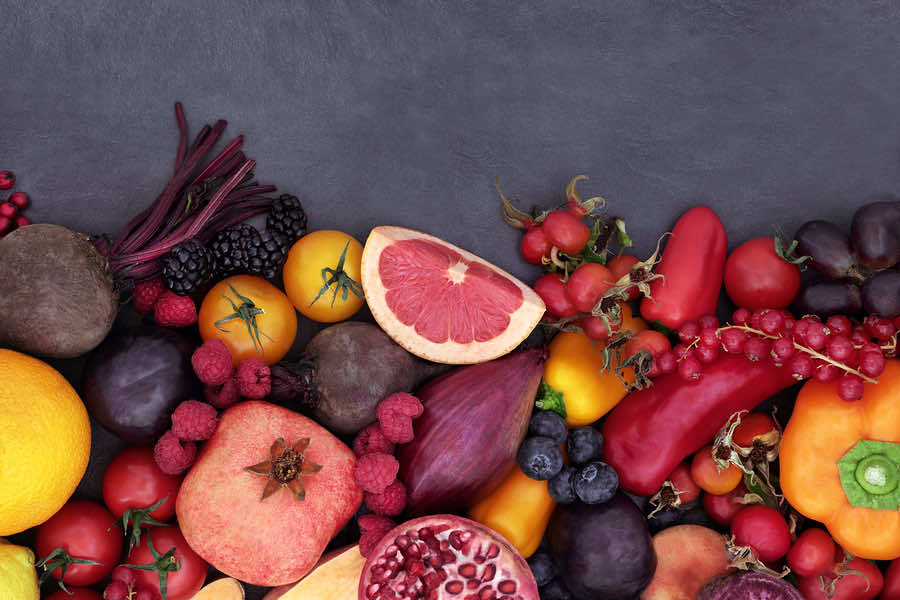
The Best Antioxidant Rich Foods YOU Should Be Eating


The Best Antioxidant Rich Foods YOU Should Be Eating
When it comes to good nutrition, many factors come into play. Calories, macros, vitamins, minerals, and how naturally occurring (without modification) food is all weigh heavily on the health benefits you’ll derive from it.
This said, there is one other factor that needs to be considered as well. This factor is antioxidants. What are antioxidants and how will they benefit you? Where do you find them? Let’s go over all this information and more.
What Are Antioxidants?
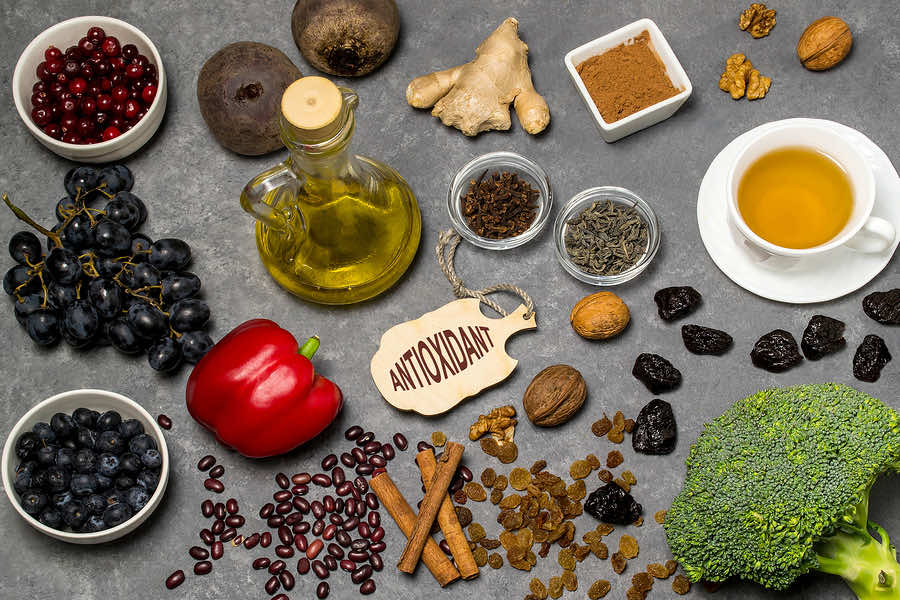
Let’s begin our discussion by talking about what antioxidants are in the first place. An antioxidant is a substance that will put a stop to oxidation taking place in the body.
What is oxidation? It’s essentially the process of aging. Think of it like rust on a car. It’s slowly damaging your body, one step at a time and eventually illness or disease can set in.
Antioxidants come into the picture to help neutralize oxidation so that it no longer will harm you. Think of it like if you were to put a coating on your car to prevent any rust build-up whatsoever from forming. That protection would be akin to having plenty of antioxidants in your diet plan.
Now, your body can make some antioxidants on its own, so it’s not like if you don’t eat any antioxidant-rich foods, you’ll never see them. This said, you really don’t make enough on your own to provide the level of protection you’re going to want to have to avoid disease states.
When you consume antioxidants in abundance, the benefits are quite significant. These can include:
· Reduced speed of aging. Everyone wants to combat the hands of time and the best way to do this is through eating plenty of antioxidant-rich foods
· Healthier, younger looking skin. You’ll get back that natural glow that you may be missing out on over the years
· Lower risk of suffering from cancer
· Less toxic build-up in the body. Rather than worrying so much about a detox diet, you can simply bump up your intake of antioxidant-rich foods and essentially achieve the same thing.
· Enhanced longevity. Those who consume antioxidants are more likely to live longer and healthier lives.
· Improved heart health. With a diet rich in antioxidants, you’ll be less likely to fall due to heart disease and stroke
· Improved cognitive health and a lower risk of suffering from dementia
· Lower total levels of inflammation in the body, which acts as its own means of potentially causing significant problems in your health and well-being.
Basically, there is not one area of your health that isn’t enhanced when you are consuming plenty of antioxidant-rich foods. This is why you definitely want them to be in the picture.
There is really no limit on the total amount of antioxidants you can consume. It’s not like with vitamins or minerals where you can actually eat too many and the risk of toxicity is there.
Antioxidants have no limits. This said because most antioxidant-rich foods also come from foods that are high in vitamins and minerals, by nature you don’t want to overdo any single one food that is rich in antioxidants.
So now that you have a better grasp of what antioxidants are, let’s now go over the best places to find antioxidants in your diet plan.
A Word On Rating
The best way to rate food for its antioxidant content is through its ORAC score. This is a score based on the weight of a food determining how concentrated it is in antioxidants. A higher ORAC score means more antioxidants are present, per gram, in that food, so that may be a food to focus on.
Please keep in mind this list we are giving you is not ranked in order in terms of the 10 highest options. You tend to get the most antioxidants from herbs and spices and we’ve included a few here, but we’re also including solid foods that you can eat as well.
If you want to see the ranking of the highest overall sources of antioxidants you can take in, see the ORAC Database.
Cinnamon (267, 536)
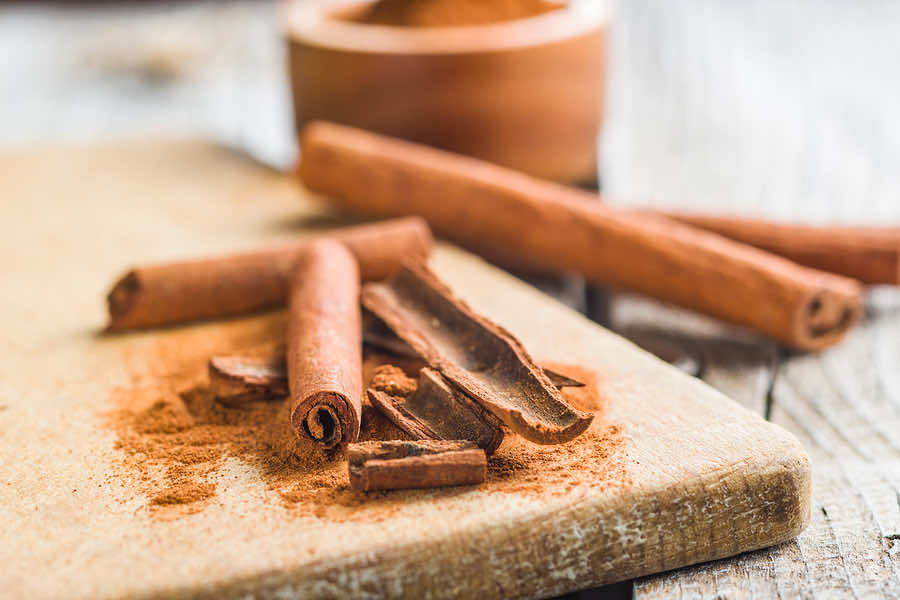
Topping the list is the spice cinnamon. This is good news as most people can easily add cinnamon into their daily diet without a problem. It’s a spice that most of us have come to love, so we shouldn’t have any struggle to use it in our breakfast, or quite possible, even our lunch or dinner as it can be used in main course meals as well.
Cinnamon also works great added to coffee or tea and can be incorporated into just about any baking dish as well.
One thing to keep in mind though when looking at this is that since we are comparing weights of foods, you would never eat as much cinnamon as say you’d eat the weight of walnuts. So while walnuts may have a higher ORAC score, you eat more of them so this can level the playing field a bit.
Another great benefit of cinnamon is that it can help to stabilize blood glucose levels1 as well, so those who are eating it regularly may gain better control over their insulin release, thus helping ward off issues such as diabetes and weight gain.
This may also help to combat hunger as well. With more stabilized blood glucose levels, you won’t get the high’s and lows that often drive you to eat more food.
Acai Berry (102, 700)
Next, we have acai berry. Chances are you’ve heard of this before as many people have gotten into using acai berry to enhance their health. Rarely do you ever see acai berries in the store – in fact, you probably never have as they don’t last at room temperature for very long and aren’t available in this format.
Instead, you’ll typically notice them in powder, freeze-dried, or juice form. You can also take them in through supplemental form as well, which is another popular option for many people.
Some other great benefits that acai berries have to offer are, they may help to improve your cholesterol levels by improving your overall profile, reducing the bad cholesterol in the body2.
On top of that, they may decrease your risk of developing cancer while also increasing brain function.
You will need to consume them quite regularly to reap these benefits though so note that having one smoothie with them added will not be enough. Daily intake is recommended.
Cocoa Powder (80, 933)
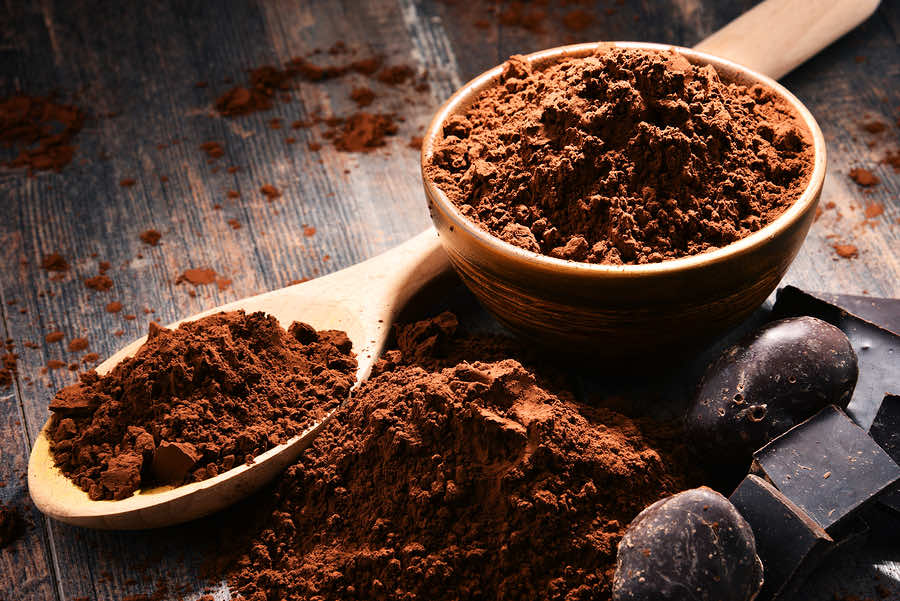
Next, we have cocoa powder. Cocoa powder is often used to prepare baked foods and now you can eat those goodies with confidence that you are doing your body good.
It’s important that you do get unsweetened cocoa powder however as the regular variety will contain too much sugar to be considered a healthy addition to your diet plan.
You can also use cocoa powder added to coffee as well, so don’t overlook that.
Even some main course meals contain cocoa powder so if you really want to up your intake, look for some recipes containing them and see if you can’t find a few you’ll enjoy.
Goji Berries (25, 300)
Along with acai berries, many people have also heard about goji berries. They are another of the ‘superfruits’ that get talked about quite regularly and are going to offer great antioxidant support while also providing you with a number of immune-boosting vitamins as well.
Just like with acai berry, you don’t typically see goji berry sitting on the shelves in the supermarket, so you’ll need to be purchasing it in juice format or in supplemental form.
The juice is quite a popular choice, however, do keep in mind that this does mean you will take in all the sugar from the fruit, so you’ll want to watch how much you are drinking at once.
When you can, the powdered or supplemental format are better options.
Dark Chocolate (20, 823)

Again we come back to chocolate! If the cocoa powder isn’t your thing, you can still treat yourself to solid dark chocolate from time to time as well. While the overall ORAC score is slightly less for dark chocolate (and then even less if you go with semi-sweet chocolate and then to regular milk chocolate), you are still getting a fairly good amount with this variety.
Dark chocolate also contains much less sugar than it’s milk chocolate counterpart, so it won’t spike blood glucose levels nearly as much and potentially become a problem for those who are concerned about diabetes.
Dark chocolate is fast and easy to consume as you can eat it on its own – the way most people prefer it.
But if you are looking for other ways to add it to your diet, try chopping some up and use it in a trail mix recipe, add it to baking, or stir it into your coffee as well. It’ll melt as soon as it hits the coffee and give a delicious taste you can enjoy.
While dark chocolate is lower in total sugar content (and overall carb count for that matter), it is higher in fat and calories, so you’ll again want to watch how much you consume.
Despite it being a healthy addition to your diet plan, if you eat too much of it, it could lead to weight gain.
Interestingly, it’s not just the taste of chocolate that makes you feel good and puts you in a happier mood. There are actually compounds in chocolate that can boost cognitive function and may improve your mood, so don’t discount the benefits of getting it into your diet plan3.
Pecans (17, 940)
The pecan is a nut that’s far too often overlooked as people tend to choose almonds, walnuts, and even peanuts instead (despite the fact that the peanut is not actually a true nut).
Pecans are a great addition to your diet plan as well and are rich in both protein, dietary fiber, and most importantly, healthy fats.
Pecans contain a good dose of unsaturated fats, which will help to reduce cholesterol and improve overall heart health, lowering your risk factor for heart disease.
Pecans can be used in just about all the same ways as any other nut, so consider adding them to snack mixes, topping a bowl of oatmeal with them, or sprinkling them on your salad next time you’re making one.
Pecans also taste excellent with dark chocolate, so by pairing these two together, you get a very high antioxidant packed combination.
Cranberries (9, 584)
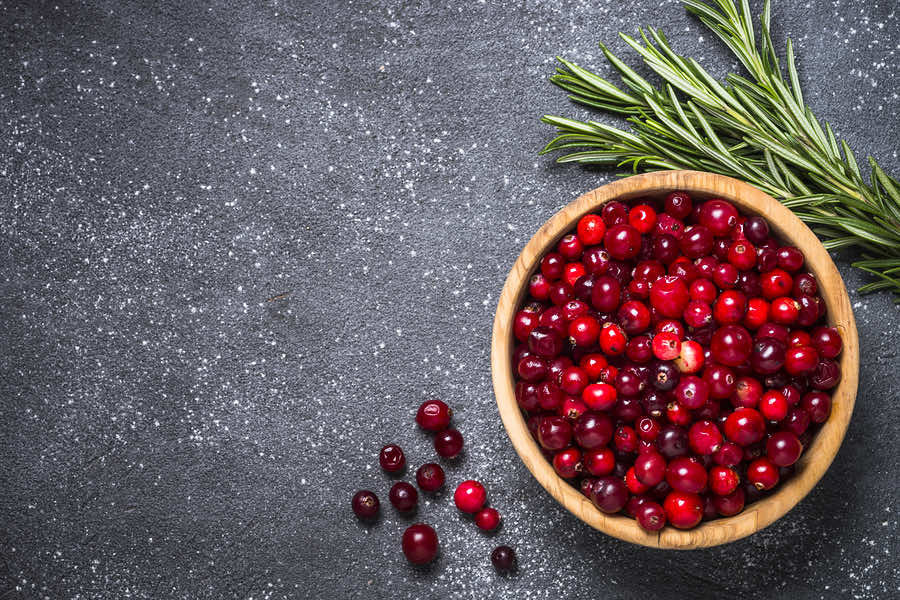
Cranberries are another of the fruits that you’ll want to get into your diet plan if you are hoping to boost your antioxidant intake. If the only time you eat cranberries is with cranberry sauce at Christmas, it might be time that you considered trying them out at other times of the year as well.
While you don’t often see fresh cranberries in the supermarket, you can almost always get frozen and use them in smoothies, add them to oatmeal, or put them into some homemade protein pancakes as well.
They’re also great in muffins and squares as well.
One of the most significant things that cranberries are known for is preventing urinary tract infections4, so if your someone who happens to suffer from these quite regularly, it may be worth checking out to help avoid any unwanted symptoms in the future.
Cranberries are also lower in calories and high in fiber, so are a great addition to just about any diet plan.
Kidney Beans (8, 459)
Another food that you should eat more often – kidney beans are a great source of antioxidants. Most people tend to think about fruits and vegetables – not beans when it comes to antioxidants but these are actually a great source.
They provide a very good dose of complex carbohydrates as well, so if you were to replace some of your brown rice or pasta with kidney beans instead, you’d do your body well.
Kidney beans are also loaded with potassium, which is important for good athletic performance and also come packed with fiber also. They are a great food to eat if heart health is something you’re thinking about.
Blackberries
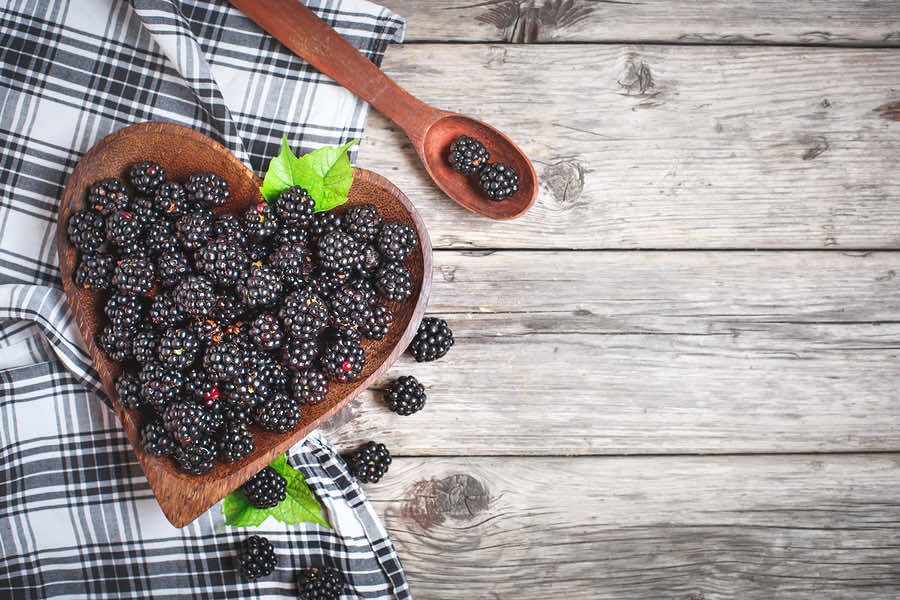
Another berry that you will find in the supermarket, blackberries are a terrific source of antioxidants. This sweet berry is delicious eaten on its own, added to salads, pureed into a smoothie, or added to a bowl of cereal in the morning.
Most people will enjoy the taste of blackberries, so they aren’t a hard one to get in.
The nice thing about blackberries as well is they contain under 100 calories per cup, so they’re an easy addition to just about any diet plan.
Broccoli (3, 083)
Finally, last but not least on our list is broccoli. Broccoli is a vegetable that most people regard as a very healthy choice and it definitely is. Rich in fiber, high in vitamins and low in calories, it’s one that just about everyone should be adding to their meal plan.
Broccoli can also be cooked and eaten in so many different ways – sautéed, eaten raw, steamed, baked, stir-fried, etc. so choose one of the healthier methods and then enjoy.
So there you have a closer look at some of the foods that have the highest total antioxidant concentration. If you are serious about keeping your diet in check, get serious about looking at antioxidants as well. Over the long term, regular consumption can really benefit you and help you defy the process of aging.
Frequently Asked Questions

What is an antioxidant and why is it important?
Antioxidants are compounds that stop the harm of free radicals in the body, deterring the process of aging and helping to prevent disease. When eaten in abundance, they may lower your risk factor for conditions such as cancer and heart disease.
Do antioxidants have any side effects?
Antioxidants themselves don’t have side effects however if you take in large doses of a certain food that contain antioxidants (that also contain other nutrients), that high intake of those nutrients may cause health problems. Eating plenty of food variety is key.
Do antioxidants prevent cancer?
Because antioxidants may help to prevent cell damage by free radicals, they can help to decrease the risk of developing cancer, which may occur when too much oxidation takes place in the body.
Do antioxidants give you energy?
Antioxidants themselves do not give you usable energy however the foods they come in – carbs and fats in many cases, do.
References:
- McBride, Judy. “Cinnamon extracts boost insulin sensitivity.” Agricultural Research 48.7 (2000): 21-21
- de Souza, Melina Oliveira, et al. “Diet supplementation with acai (Euterpe oleracea Mart.) pulp improves biomarkers of oxidative stress and the serum lipid profile in rats.” Nutrition 26.7-8 (2010): 804-810
- Scholey, Andrew, and Lauren Owen. “Effects of chocolate on cognitive function and mood: a systematic review.” Nutrition reviews 71.10 (2013): 665-681
- Walker, Edward B., et al. “Cranberry concentrate: UTI prophylaxis.” Journal of family practice 45.2 (1997): 167-169.